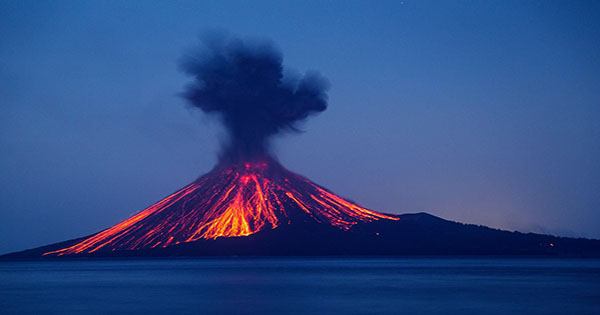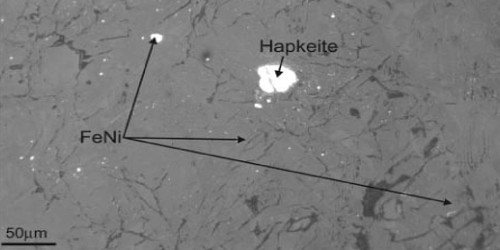California’s most extensively polluted lake, the Salton Sea, is quickly turning into hazardous dust. This disturbed body of water, which was previously a well-liked tourist destination, is fast retreating, increasing the salt and chemical content in the remaining water.
The landlocked “sea” was unintentionally formed in the early 20th century when irrigation canals from the Colorado River overflowed, flooding the valley.
With ongoing agricultural runoff from the Imperial and Coachella valleys, the body of water persisted. It even developed into a playground in the desert, drawing a large number of visitors from all across the state.
But the lake rapidly faced financial difficulties. The Salton Sea has been reduced to a dry lakebed covered in a thin layer of poisonous, ultra-salty water due to declining water levels, which has killed off local fauna and caused breathing issues for locals. Not to mention the terrible stench of rotten eggs brought on by the increased hydrogen sulfide levels in the receding seas.
Juan S. Acero Triana, a hydrologist from the University of California – Riverside, stated in a statement, “It is an environmental catastrophe.”
Acero Triana and his colleague Hoori Ajami have conducted a study to determine the causes of the Salton Sea’s extreme decline in recent decades. They discovered that the lake’s shrinking is due to a decrease in Colorado River flow by examining the lake’s water intake.
Ajami stated that the issue is being caused by less water entering the sea from the Colorado River.
Climate change and the sweltering heat were previously blamed for the Salton Sea’s predicament. Others have questioned whether irrigation canal water input has decreased as a result of agricultural advancements. The root source of the issue is still unknown at this time.
Acero Triana continued, “However, it’s not quite apparent whether the loss in Colorado River water is more due to global warming drying out the river, or changes in allocation levels to California, or both.
The Salton Sea isn’t the only American body of water, though, that is having issues. It was reported earlier this year that the height of Utah’s Great Salt Lake fell below its previous record low for October 2021.
According to the most recent studies, the Salton Sea is yet another casualty of the larger ecological changes affecting the US and other countries.
A watershed-centric strategy taking into account surface and groundwater resources is required to discover a solution because the sea is typically seen as a separate system, according to Ajami. “As the environmental concerns associated with a diminishing Sea increase, all stakeholders must cooperate to reduce the risk,”
















